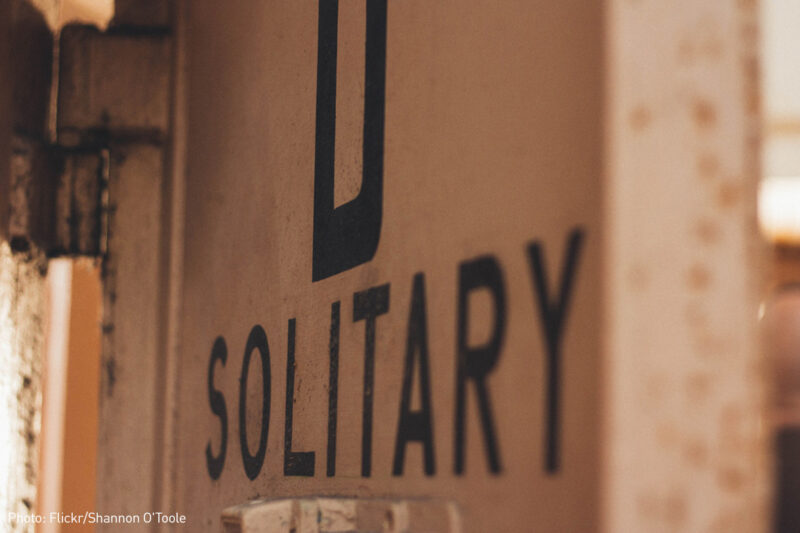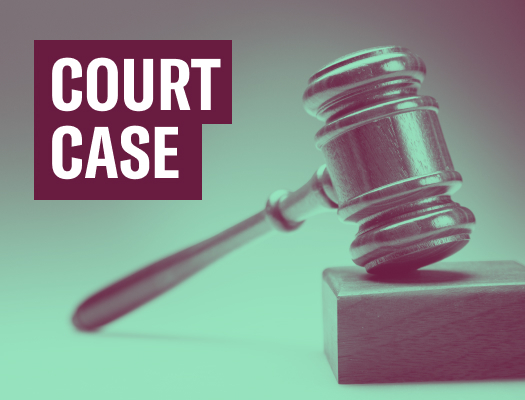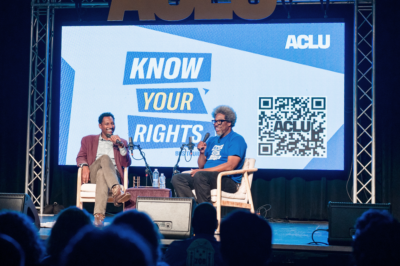James Burns Chose to Go Back Into Solitary Confinement for 30 Days, and He Livestreamed His Experience to Show the World Its Cruelty


For the last 30 days, I was worried about James Burns.
He was once again in solitary confinement, only this time it was of his own accord and live-streaming on VICE. As a kid and a young man, Burns repeatedly was put in solitary, and it hurt him badly. Now a journalist, Burns volunteered to go back between those four lonely walls to raise awareness and push for an end to solitary confinement in America.
Today, Burns gets out. Today the isolation ends. Today he goes home.
I know he made the decision himself to go back in for the greater good. Still, I’m worried about the impact on that awful place — and how his latest stint there will affect him for the rest of his life. And Burns isn’t the only one suffering from the impact of solitary confinement. In fact, as many as 100,000 people are in solitary on any given day in the United States. Solitary confinement deprives people of virtually all human interaction, and those kept in solitary often sustain permanent psychological damage.
This is why I feared for Burns every time I saw him in that tiny, concrete cell all alone, even if — his time around — it was his choice.
The cell was about the size of a parking spot with an iron bunk, toilet, and sink. There was a metal door with a small viewing window so the officers could look in to make sure he was still alive. Other than that, there was nothing else but the four concrete walls.
I saw James Burns in that cell pacing back and forth, back and forth. There’s nothing else to do when you’re trapped in a box all day. I bet he counted how many steps it takes to cross the cell backwards and forwards. I bet he knew every crack in the wall, every chip in the paint. Sometimes it must have felt like the walls were closing in on him. Sometimes he must have been so desperate just to see and talk to another human being that he wanted to cry or scream.
Burns could’ve left solitary at any moment, but he didn’t. Instead he persevered because he wants me thinking about solitary confinement. He wants you thinking about solitary confinement. He knows the other men around him are trapped. He heard, and will probably always hear, their screams — their cries full of desperation, rage, and despair.
He wants us to hear them too.
I admire Burns’ bravery and his resolve, but I know his project didn’t come without a price. I’ve seen what solitary confinement does to people: As an ACLU attorney, I sue the government for violating the Constitution by subjecting people in prison to “cruel and unusual punishment.” (That’s the phrase the Founding Fathers used in the 18th century; now we’d probably just say “torture.”) In my work, I’ve talked to hundreds of men, women, and kids in solitary confinement. I’ve sued states for harming people in solitary confinement. And I’ve worked for years to abolish the practice and make prisons more humane for all.
Still, I couldn’t do what James did — I’m too afraid. Almost nobody survives solitary confinement undamaged, and too many don’t survive at all.
I think of Kalief Browder, arrested for allegedly stealing a backpack at 16 and put into solitary for two years of his three years inside prison before being released to the community. The pain and suffering of those years in jail overwhelmed him, and he took his own life.
I think of my client Mariam, who was also placed in solitary as a kid. We found her in an isolation cell during a prison inspection in Arizona, a confused and scared 17-year-old. We tried to get her out immediately, to get her out before it was too late — she seemed to be unraveling in isolation — but the state refused. Instead, they sent her to an adult supermax prison. The pain and desperation she must have felt in that small, lonely cell haunts me. She was dead within weeks.
Solitary confinement costs lives. James knows that, and a growing number of Americans are realizing it, too.
There is a movement across the country to Stop Solitary that is being led by civil rights organizations, the faith community, solitary survivors and their families, as well as political leaders and members of the corrections profession. In recent years, states have passed laws regulating the practice, and many others have advanced the reform process by reducing the numbers of people they place in solitary confinement. Both President Obama and even a justice of the Supreme Court have publicly condemned the practice — and in the case of Obama, taken affirmative steps to push reform.
Change is happening — change that will save lives. But right now James Burns is reminding me and you that there is much more work to be done. He has been living in solitary, forgoing holiday parties and celebrations most of us take for granted, to remind the public that it is our job, our responsibility to Stop Solitary.
Defeating solitary will take us all working together. We can learn from James Burns’ experiences and example, and then add our voices to his.




